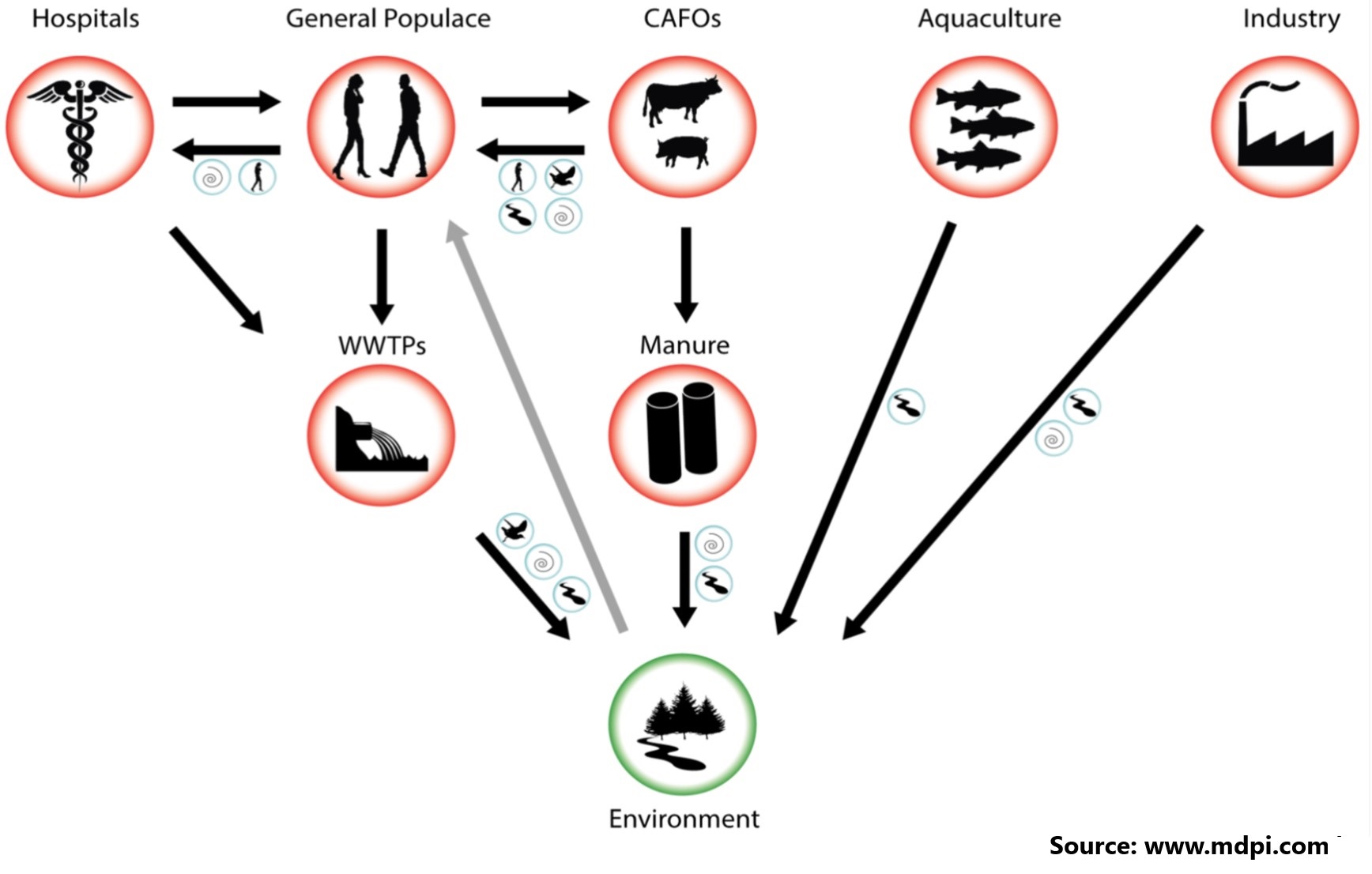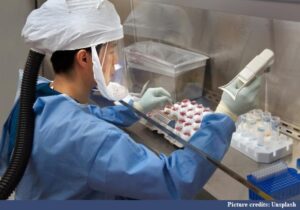The majority of antibiotics used in human medicine and animal production are excreted into the environment unmodified. Antibiotics discharged into the environment at low (sub-inhibitory) concentrations have the potential to select for antibiotic resistance, which might then spread to the human microbiome. Low-level anthropogenic sources of antibiotics would have a considerable impact on human health risk in this instance.
In this study the author used river water microorganisms at both sub-inhibitory and inhibitory concentrations of gentamicin, as determined earlier based on bacterial growth in enriched media, to give data for this risk assessment. During a two-day exposure, there was a shift in the composition of total and active communities, as well as gentamicin resistance gene selection discovered via mobile genetic elements. A growing body of research implies that sub-inhibitory antibiotic concentrations may trigger changes in bacterial communities and their associated resistome, and the relationships between antibiotic dose and community response in environmental bacteria must be clarified.
This study suggests that sub-inhibitory gentamicin concentrations may have an impact on the environment. Gentamicin may favour different bacteria at sub-inhibitory doses than at inhibitory concentrations due to changes in resistance levels and mechanisms. These findings lend credence to the notion that sub-inhibitory doses may have a selection potential in the environment. These elements are critical to gaining a more complete picture of the risk posed by sub-inhibitory antibiotic concentrations and should be explored in the future.
To know more, please visit the website of Nature (link).







